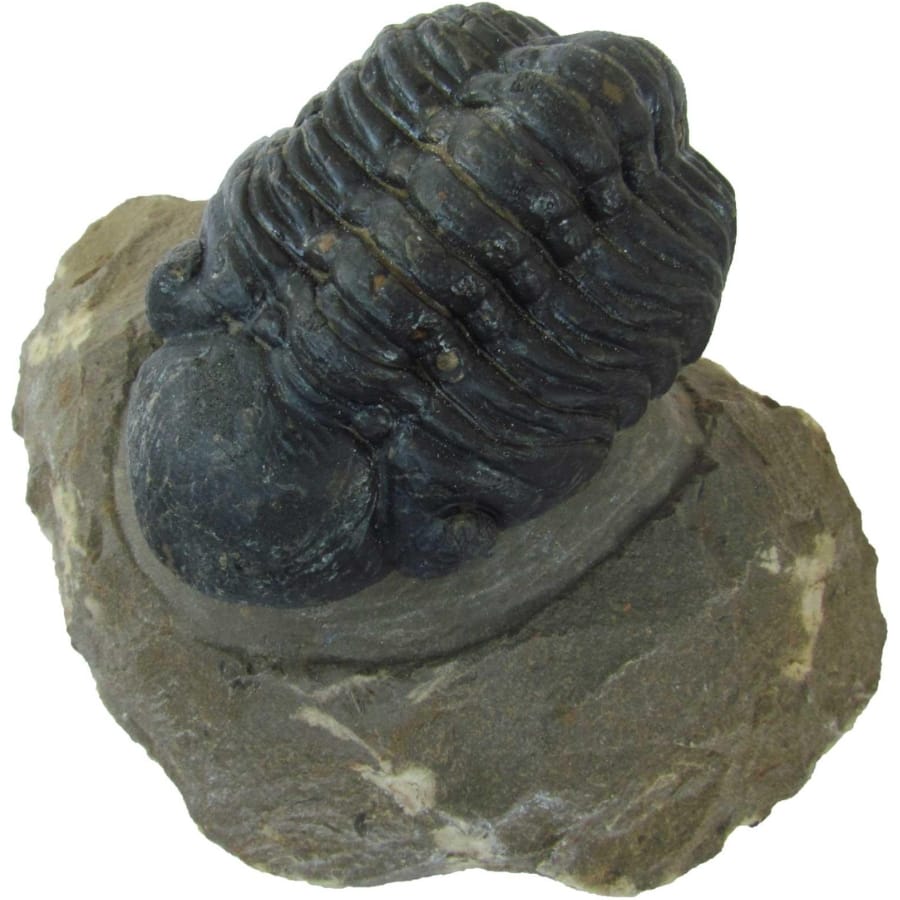Discovering a rock that holds a fossil is like uncovering a secret story from the past. Imagine holding a tangible connection to life that thrived millions of years ago. But how can you tell if a rock you find might be hiding this incredible treasure?
It’s all about knowing what signs to look for. Not every rock has a fossil inside, but this expert guide will help you figure out which ones do. We’ll explore useful tips to help you identify potential fossil-bearing rocks amidst everyday rocks!
How To Detect Fossils Amidst Everyday Rocks
To tell if a rock has fossils inside, you’ll want to keep an eye out for some key indicators. Whether you’re out on a hike, strolling along a riverbed, or just exploring your backyard, knowing these signs can turn an ordinary walk into an exciting hunt:
Look For Texture Changes

When you’re hunting for fossils, noticing the texture is key. Fossils often have a different feel than the rest of the rock.
Imagine the rock as a big chunk of chocolate and the fossil is like a crunchy cookie hidden inside. If one part of the rock feels rough, grainy, or has a pattern that seems out of place, you might be onto something exciting.
These texture changes can show you where a plant or animal from long ago left its mark. By paying close attention to how the rock feels under your fingers, you can uncover fossils within a rock.
Spot Unusual Shapes

Spotting unusual shapes in rocks can be your big clue that a fossil might be hiding inside. Think about how most rocks you see don’t have parts that look like leaves, shells, or bones.
But if you find a rock with shapes that remind you of something living, like a spiral that looks like a snail’s shell or a pattern that looks like fish scales, you might have found a fossil!
These shapes have been preserved for ages. By looking for them, you’re on your way to discovering a piece of the past.
Here is a great video that shows the process hunting for ammonite fossils!
Examine The Color

Sometimes, a fossil inside a rock has a different color than the rest of it. This can happen because, over millions of years, the fossil and the rock around it might have changed in different ways.
Imagine finding a rock where one part is a bit darker or lighter than everything else. That could be a sign that there’s something special hidden inside.
This clue is especially handy when the shape or texture doesn’t stand out much.
Check For Hardness Differences

Fossils can be harder or softer than the rock they’re in because, over time, they’ve turned into stone in a different way than the rock around them.
When you gently touch different parts of a rock, you might notice some spots feel tougher or easier to scratch. This could be your clue that a fossil is hiding there.
The next time you pick up a rock, don’t just look at it—feel it all over for parts that may be a bit harder than the rest.
Search For Surface Patterns

Searching for surface patterns on a rock can be a big hint that there’s a fossil inside. Some fossils leave behind patterns that look like the original plant or animal.
If you see lines that remind you of tree bark, circles like fish scales, or shapes that look like leaves or shells, these are clues.
These patterns are the fossil’s way of showing us what was once alive, long ago. They got pressed into the rock and turned into stone, leaving behind a snapshot of ancient life.
Use Water

When you pour a little water on a rock, it can make hidden details pop out. This happens because water can darken the rock and make contrasts stronger.
If there’s a fossil inside, its shape, texture, or pattern might become easier to see with the rock wet.
This trick is especially handy when you’re outdoors and have a water bottle with you. Just a little splash can help reveal secrets from the ancient world hidden inside ordinary-looking rocks.
Look In The Right Places

Looking in the right places can seriously up your chances of finding a fossil inside a rock. While we’re not pinpointing specific spots, knowing that certain types of rocks are more likely to have fossils helps a lot.
Sedimentary rocks, like sandstone, limestone, and shale, are the hot spots for fossils. These rocks form in layers, which can trap plants and animals and preserve them as fossils.
So, when you’re out exploring, keep your eyes peeled for these kinds of rocks.
Pay Attention To Weight

Fossils can change a rock’s weight, so paying attention to how heavy a rock feels can give you a hint about whether there’s a fossil inside.
Imagine holding a rock that seems heavier or lighter than it looks like it should be. That surprise in weight could mean something special is inside.
Next time you pick up a rock, take a moment to feel its weight. If it doesn’t match up with what you expect, you might just have found a clue leading you to a fossil.
Notice Any Shine Or Gloss

Noticing any shine or gloss on a rock could be a clue that there’s a fossil inside. It’s like when you find a pebble at the beach that shines more than the others.
Some fossils, especially those from shells or bones, can leave parts of the rock looking a bit shinier than you’d expect.
If you pick up a rock and part of it catches the light, making it sparkle or shine more than you’d expect, it’s worth a closer look.


